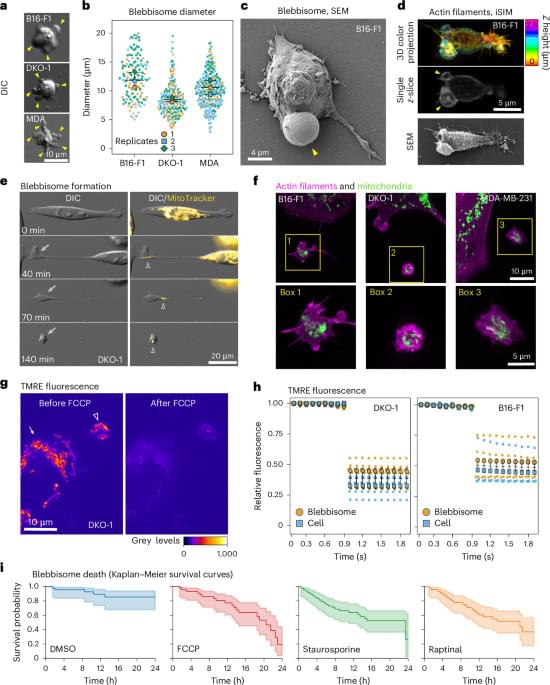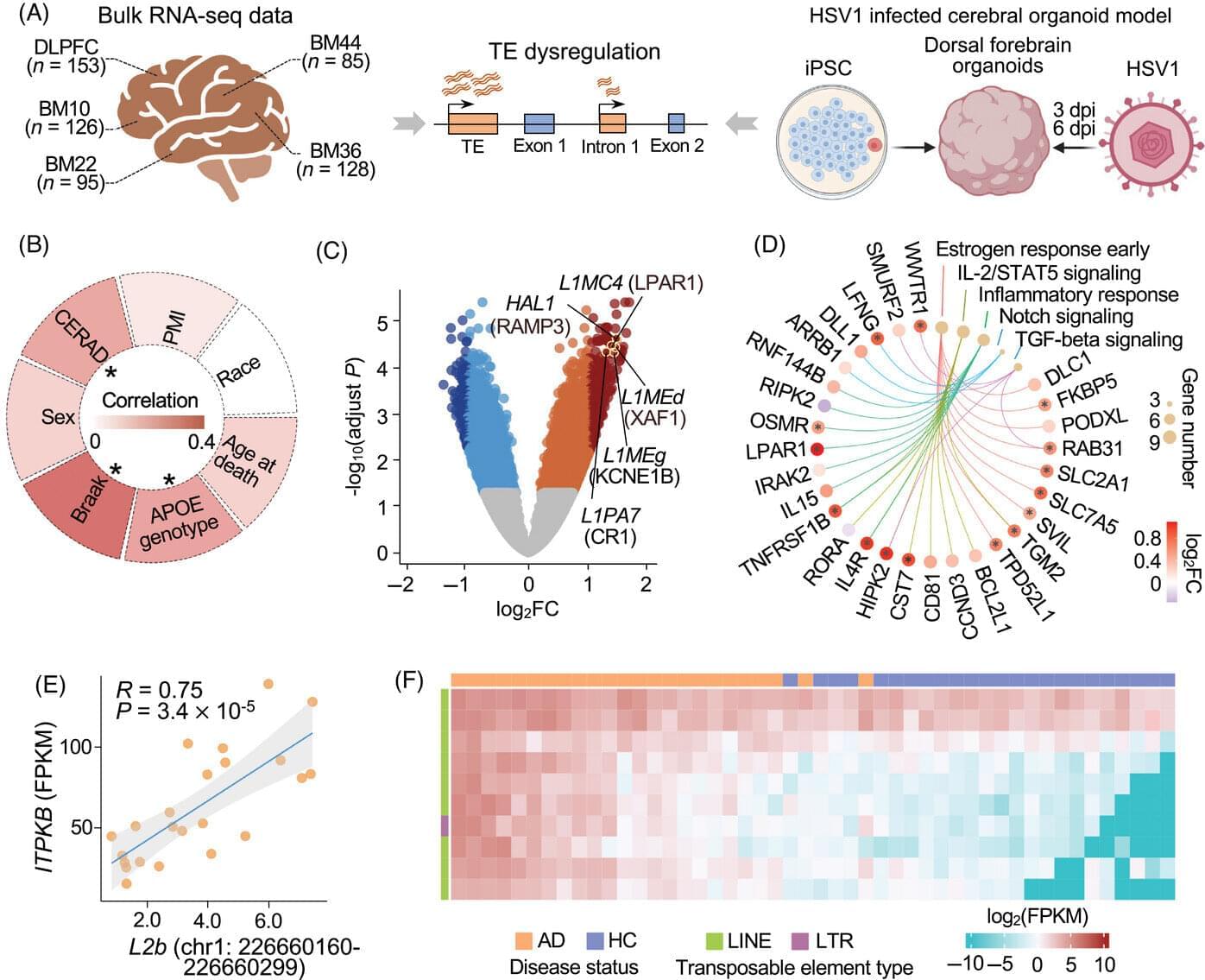Dr. Adomas Valantina: “Mars is still the Red Planet. It’s just that our understanding of why Mars is red has been transformed.”
What can Mars’ red hue that’s been observed for thousands of years teach us about when water existed on its surface potentially millions, or even billions, of years ago? This is what a recent study published in Nature Communications hopes to address as an international team of researchers investigated the connection between Mars’ red color and water interactions in the Red Planet’s ancient past. This study has the potential to help researchers better understand the formation and evolution of Mars and whether life could have existed at some point in its history.
For the study, the researchers used a combination of data obtained from Mars orbiters and laboratory experiments to ascertain the iron oxide mineral that is responsible for Mars’ red color and what relation this has to past liquid water that might have existed on the planet’s surface. This study builds upon past research that concluded the mineral hematite was responsible for Mars’ red color, which is a mineral that forms in water-free environments. However, the researchers for this study discovered that ferrihydrite is responsible for Mars’ red color, which is a mineral that forms in cold, watery environments.
“Mars is still the Red Planet,” said Dr. Adomas Valantina, who is a postdoctoral fellow at Brown University and lead author of the study. “It’s just that our understanding of why Mars is red has been transformed. The major implication is that because ferrihydrite could only have formed when water was still present on the surface, Mars rusted earlier than we previously thought. Moreover, the ferrihydrite remains stable under present-day conditions on Mars.”









